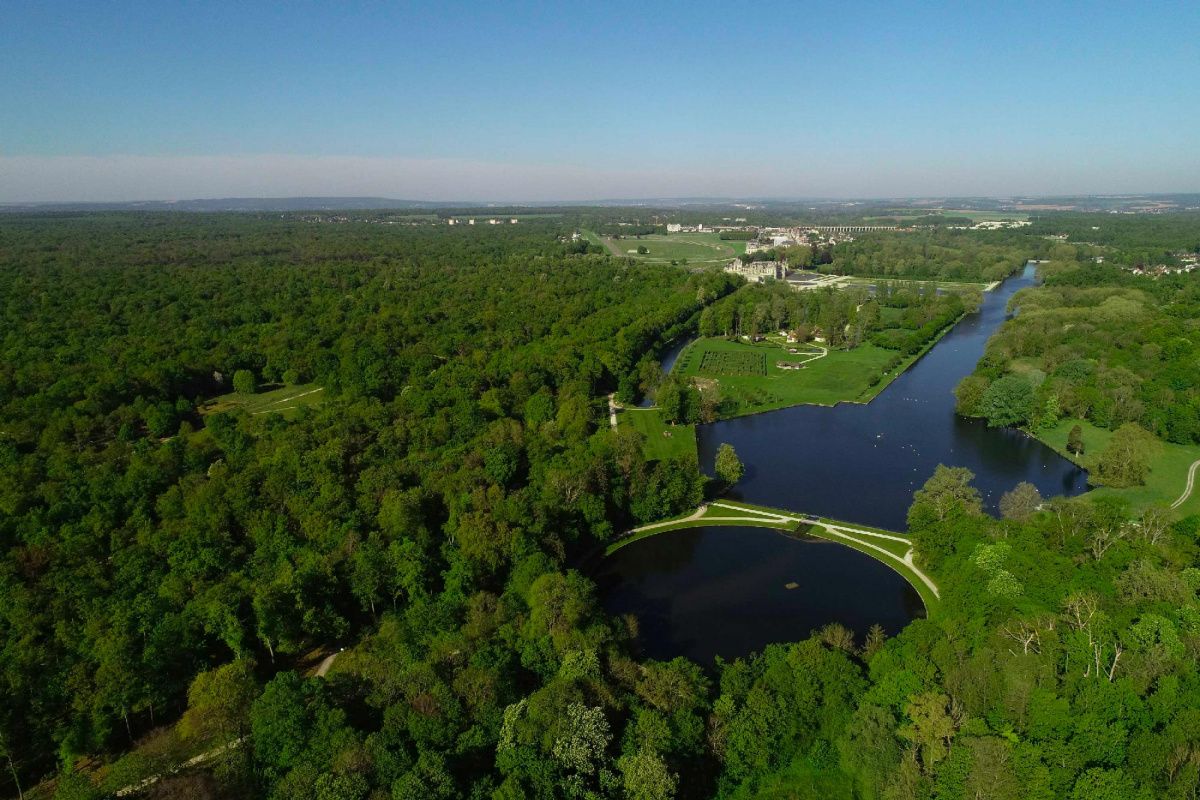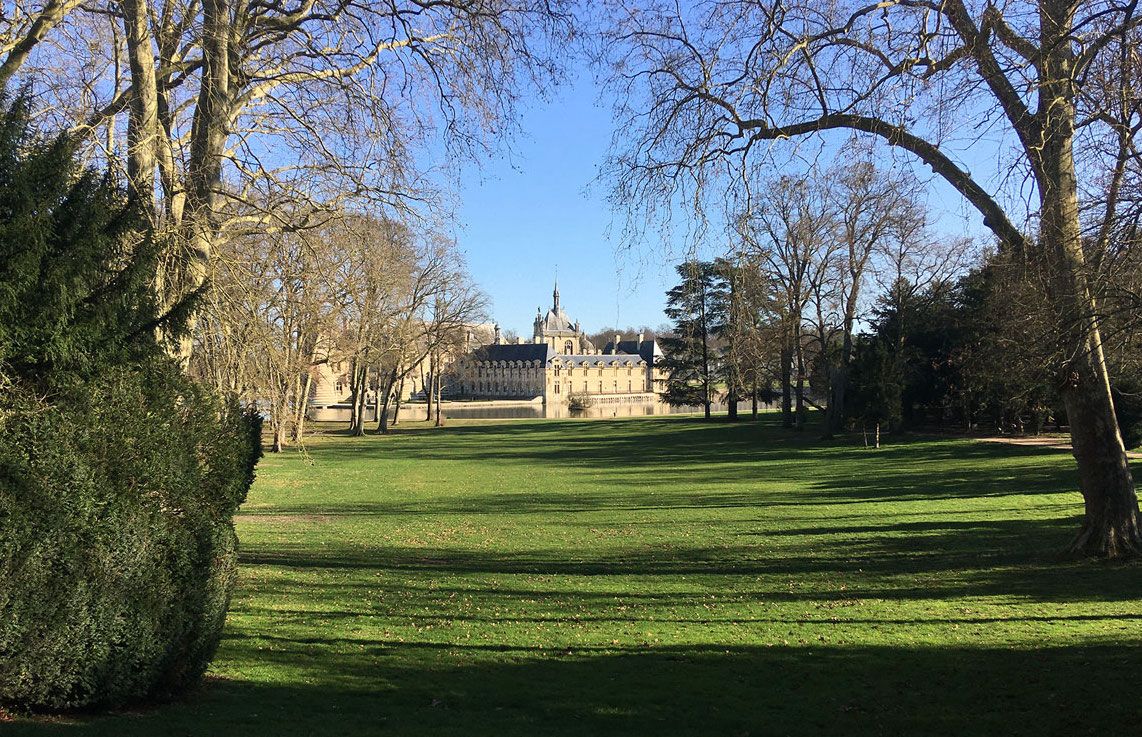One hour from Paris, the Chantilly Forest offers an exceptional natural setting and a heritage steeped in history. Unfortunately, its stand is currently in danger. A large-scale reforestation project is taking place in order to rescue it.

The domaine de Chantilly was bequeathed to the Institut de France* by Henry d'Orléans, Duke of Aumale. In 1886, this French soldier and politician, son of King Louis-Philippe, donated the castle as well as a vast collection of books, paintings and precious art objects, stables and a vast forest to the institution. In return, he asked that the entire estate be made accessible to the public. Today, the Duke's wish continues to be fulfilled. This unique place welcomes more than 400,000 visitors each year. Unfortunately, its emblematic forest is now facing a major health crisis, threatening its longevity.
The Chantilly Forest: a reservoir of biodiversity under threat

This imposing forest massif of 6344 hectares extends beyond the commune of Chantilly to the north of the Val-d'Oise and the south of the Oise departments. It is part of the Massif des Trois Forêts, along with the Halatte and Ermenonville forests. The forest is characterized by the richness of its biodiversity, its unique fauna and flora. Today, it is a place for excursions, equestrian tourism and forestry.
But over the last thirty years, the massif suffered from rising temperatures and successive waves of drought. On the spot, the oaks, constituting the majority of the population, are withering away. Another consequence of climate change: the lack of water but also the appearance of cockchafer larvae, which have invaded 70% of the soil, causing significant damage to the roots. “The state of the forest illustrates well the variety of issues related to French forests, explains Dimitri D'Helft, forestry project manager at Reforest'Action. Following climatic hazards and attacks by pests, this poorly diversified forest needs to be restored and enriched with new species in order to last over time”.
Restoring the forest collectively
Because of the stand’s worrying state, a 3-year project has been set up. "The degraded plots will be restored, new trees will be planted and within a few years, the natural regeneration of the stand will be supported through some sylvicultural operations," Dimitri D'Helft explains.
On the post, trees will be planted and regenerated each year. The existing specimens will be protected and the species planted will be diversified. Cedars, oaks, pines, cherry trees, wild cherry trees, pistachio trees, hazel trees, hornbeam trees and linden trees are among the 61 species chosen for their ability to adapt to present and future climatic conditions. This approach will increase the resilience of the forest and help protect the various ecosystems.

This new forest management will help this green lung exercising its function as a carbon sink and a reservoir of biodiversity. Eventually, the forest will once again be able to fulfill its economic function, that is sustainable wood production, essential to the maintenance of the estate. And because the Chantilly estate is open to all, the various publics will be able to follow the use and traceability of the wood resources provided by the forest.
The project will thus help raise awareness of the issues related to the French forest. Indeed, involving citizens in the protection of our forest heritage is giving them the power to act in favor of environmental protection.
* seat of the Académie française, Académie des inscriptions et belles-lettres, Académie des sciences, Académie des beaux-arts and Académie des sciences morales et politiques